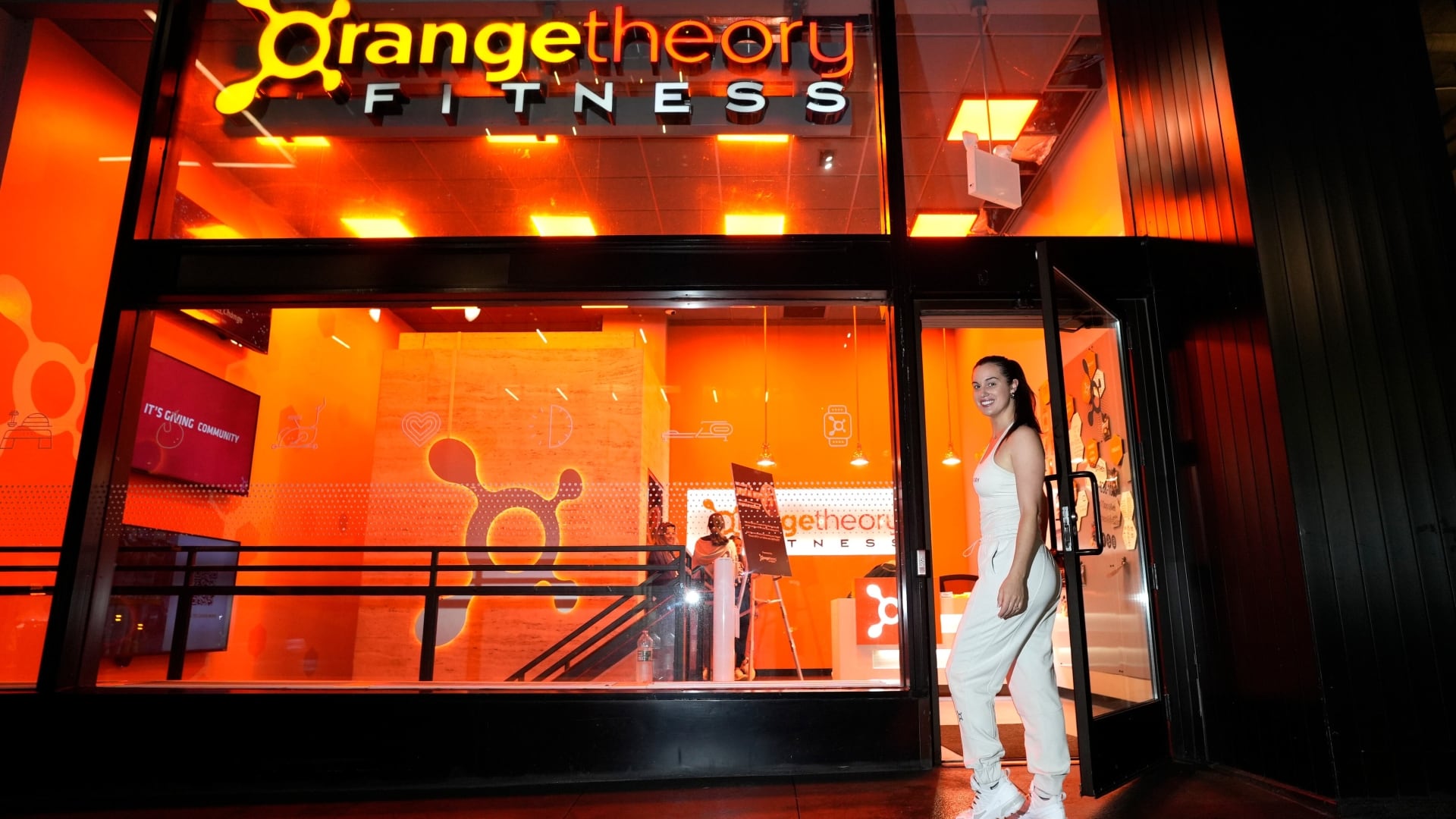By Austin Lawson - Entrepreneur Leadership Network Contributor - The Combat Entrepreneur
This story was first published on Entrepreneur.com.
For young entrepreneurs, the American dream has changed.
There has been a massive shift in values.
Rather than looking for a job with good benefits and the opportunity to become a homeowner - young entrepreneurs are seeking freedom. Freedom of time and location.
This shift in values is shaping what the future of work will look like. It's almost to the point that if an employer wants to hire and keep high-quality employees, they have to deliver more rewarding, flexible, and innovative opportunities that allow employees to build a lifestyle around their job.
Related: Meet 12 Young Founders Who Are Disrupting the Way Business Is Done
As the new-normal shifts and technology continues to evolve, remote working opportunities and the ability to earn money online are becoming easier to obtain and more prevalent across the world. The vision baby boomers once held near and dear to them is not the dream of any generation proceeding them.
A duo leading by example
Co-founders of Otter PR Jay Feldman and Scott Bartnick, a doctor and an engineer, come from humble middle-class roots, but that didn't stop them from chasing a more modern version of the American dream and redefining what it means to be successful in 2020.
Finding immense inspiration from the book The 4-Hour Work Week by Tim Ferriss, Feldman and Bartnick sought to build a business they could run from anywhere in the world and have since successfully created multiple remote six-figure businesses.
After connecting with and learning about Feldman and Bartnick's journey, I asked them if they would share some of the concepts that helped them build multiple remote six-figure businesses and achieve what many of us would consider the modern American dream.
Related: 10 Ways to Become a Millionaire in Your 20s
"It takes a lot of work, but once you've launched your business, the goal is to get yourself to a place you can reasonably scale and allow the organization to basically run itself," says Feldman.
Allow your strengths to pave the way towards success
During a conversation, Bartnick said that the one thing every young entrepreneur must do is double down on their strengths because when you build off of your strengths, you create a more powerful foundation that can withstand challenges.
For example, Bartnick is an expert in e-commerce, including Shopify and Amazon, while Feldman focuses on media and PR. By playing off each other's strengths, they have built several successful businesses while also investing in their own personal brands.
Staying focused on what they are good at allowed them to continue developing their skills and stay ahead of the competition. This is the type of system that allows business owners to provide unbeatable high-quality services that keep customers coming back over and over again.
Create a lifelong network
Every good entrepreneur will tell you that your network is key to your success.
You are who you surround yourself with.
Feldman and Bartnick built a network of almost two hundred thousand people and it allowed them to make connections with high-end executives, receive thousands of referrals and make sales to people they would have otherwise never been able to connect with.
Building a network isn't the easiest task to take on, but it can be a rewarding one.
Here are a few tips to successfully build a network on any social media platform
1. This one is often overlooked but be yourself.
2. Be available online and share experiences.
3. Build relationships and ask for help or advice from others (people love this).
4. Find a mentor that has built a network and learn from him or her.
5. Don't be afraid to invest a little money in the beginning. (Advertising, shoutouts, and social media management)
6. Create high-quality content. If you don't have this skill, outsource it.
7. Most important - Be consistent, stay on message and keep showing up every single day.
Be practical
Today there are many entrepreneurs that start out day one trying to compete with companies like Amazon, Google, Facebook and other media tycoons. These are the people that fail, lose everything and end up owing huge sums of money to banks and other various lending institutions.
Related: Meet 16 Teen Founders Who Are Building Big Businesses — and Making Big Money
Each and every business that Feldman and Bartnick have built started out as a Minimum Viable Product (MVP). It was one thing - one product or one service that they could do really well. Over time they were able to add additional revenue streams to those businesses, but only after they had built a solid and profitable customer base.
"Often entrepreneurs try to start massive companies doing a hundred things from day one. They end up not doing anything well and if you don't do anything well, you go out of business". - Bartnick
Bringing it all together
The ultimate goal of most young entrepreneurs is to achieve what they consider to be the American dream.
Simply put : build something profitable and remove yourself from it as much as possible. Be a business owner, not the guy who runs a business.
In order to do that, you have to be able to create something profitable. While there are hundreds of steps included in that process, Feldman and Bartnick leave us with three key steps to help each of us get a little closer to achieving that goal.
1. Play to your strengths
Build a business that focuses on things you are good at. Each of us has something we excel at. What's your thing and how can you monetize it? Once you figure that out, double down on it and don't add a new service until you are profitable and have a steady flow of customers.
2. Build a network
Networks become customers. Networks refer customers. In a pay for eyeballs world, these organic eyeballs can increase profit margins by up to 30 percent.
3. Be practical
Start small. Do one thing better than everyone else. There's no shame in being the best at one thing.
If we can implement these three concepts into our own startups, our odds of success go up significantly. Once you have a profitable business capable of producing an income you are happy with, learn to outsource. Figure out how to remove yourself completely and — boom! — you've achieved the new American dream.
Opinions expressed by Entrepreneur contributors are their own.












